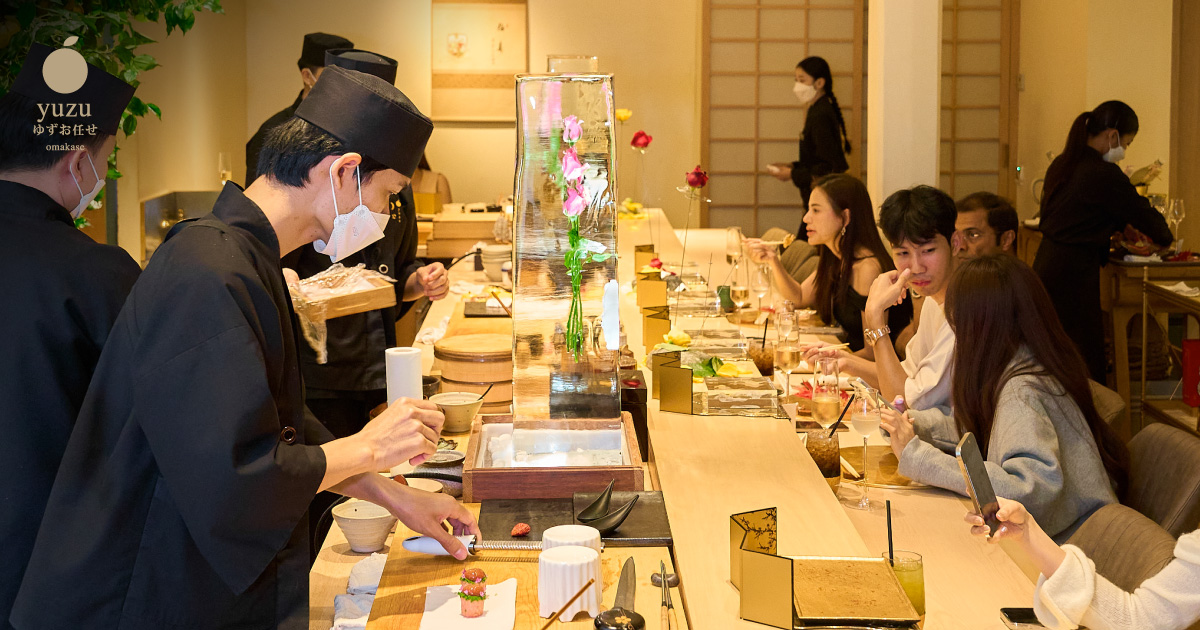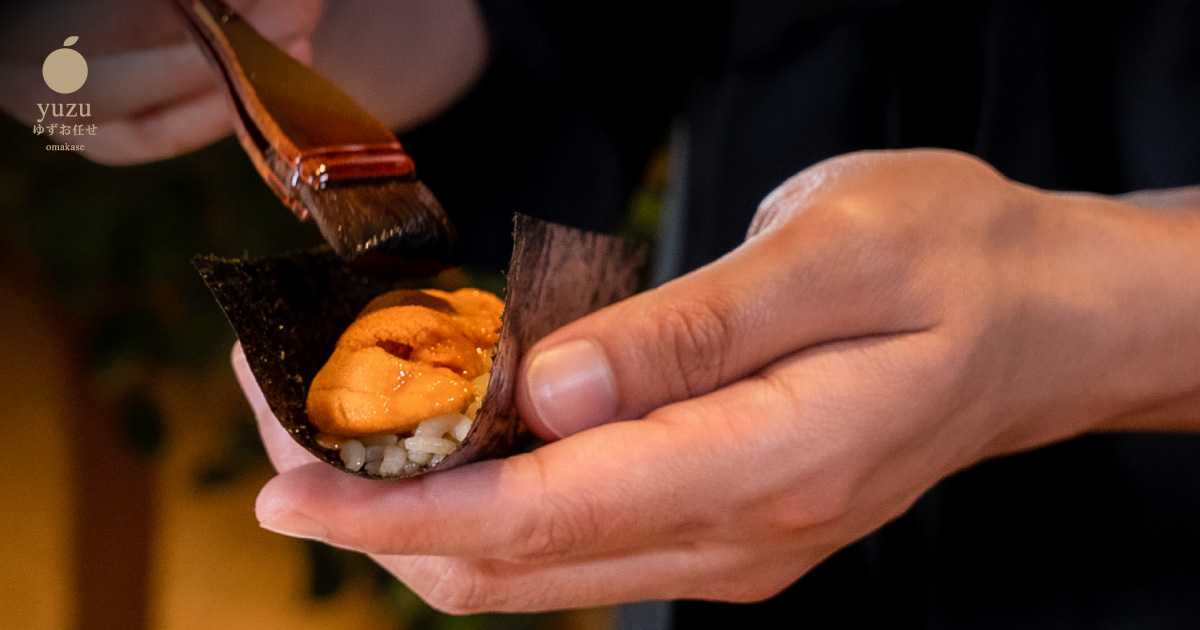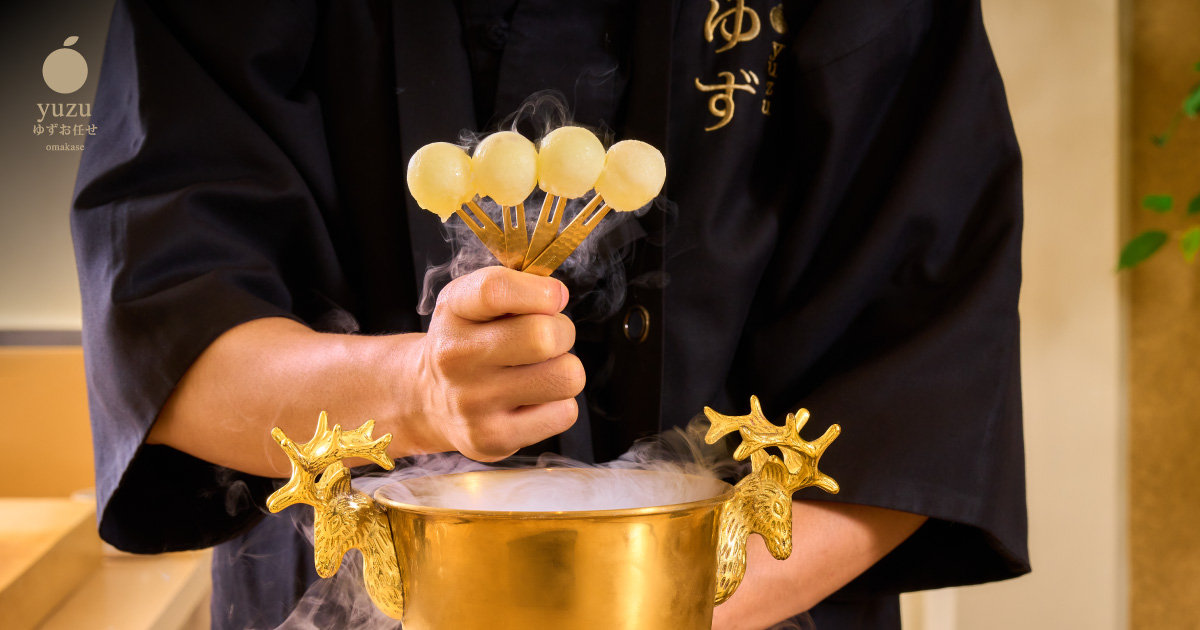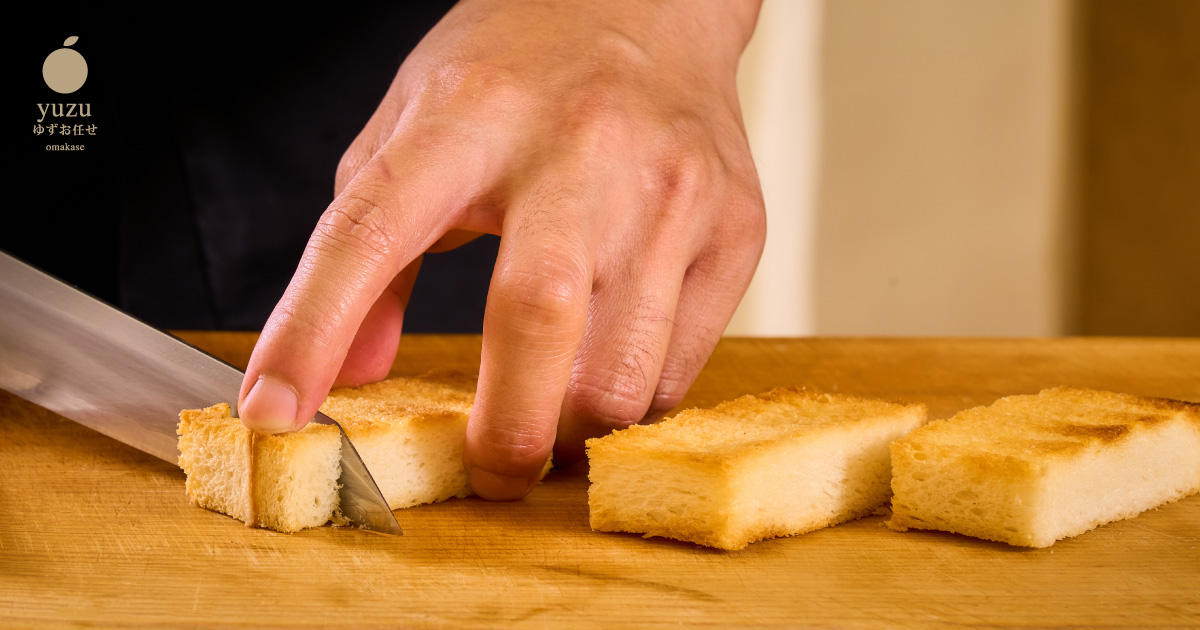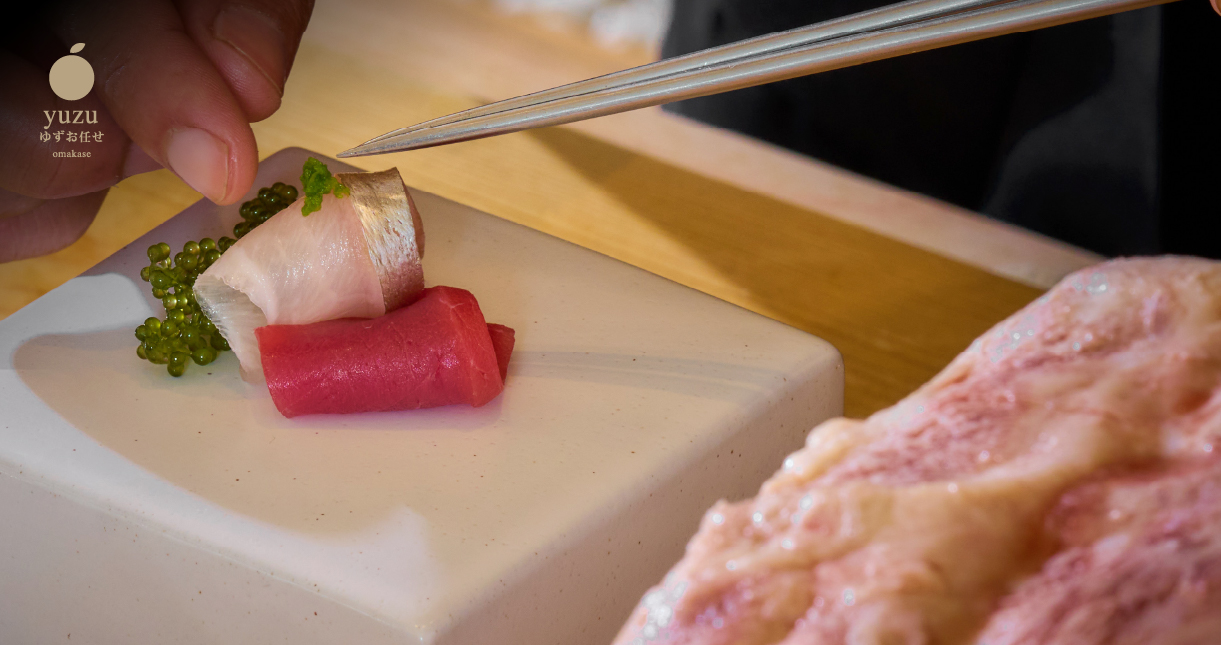
Innovations in Japanese Cuisine: How Omakase is Evolving
Japanese cuisine has long been revered for its meticulous attention to detail, respect for ingredients, and deep-rooted traditions. Among the many facets of Japanese culinary arts, omakase—a dining experience where the chef selects and prepares a sequence of dishes—stands out as a pinnacle of personalized and refined dining. However, like all art forms, omakase is not static. Chefs around the world, including those at Yuzu Omakase in Bangkok, are pushing the boundaries of traditional omakase, introducing new elements and trends that reflect both global influences and modern sensibilities. This article explores the latest innovations in Japanese cuisine, focusing on how the omakase style is evolving.
The World ● 2024 Sep 13
Innovations in Japanese Cuisine: How Omakase is Evolving
The Evolution of Omakase: A Blend of Tradition and Innovation
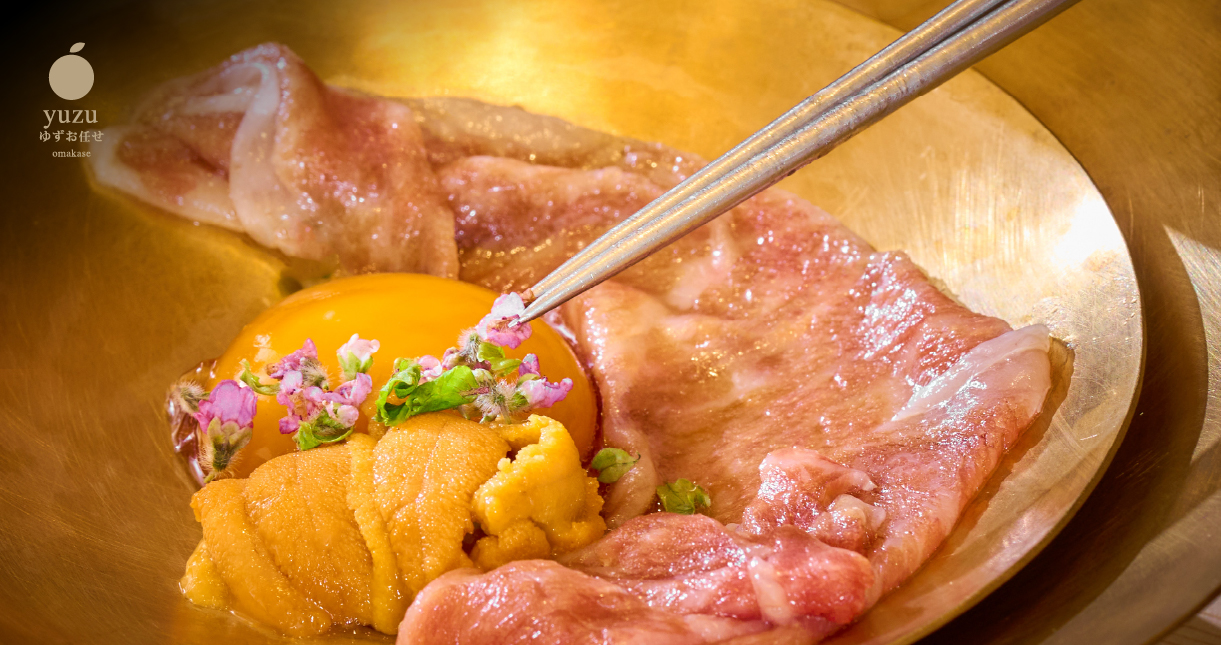
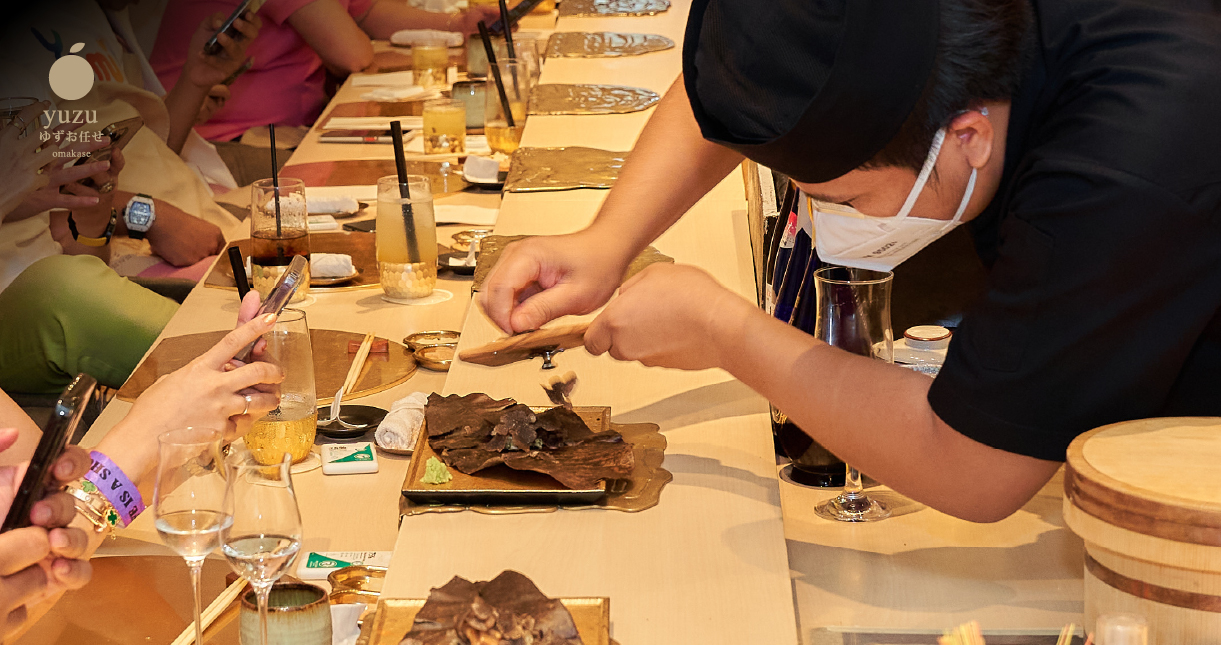
1. Global Flavors and Ingredients
One of the most significant trends in modern omakase is the incorporation of global flavors and ingredients. While traditional omakase focuses on local, seasonal Japanese ingredients, contemporary chefs are experimenting with elements from other cuisines to create unique flavor profiles.
Fusion Flavors
Chefs are increasingly blending Japanese techniques with flavors from other cultures, such as using truffle from Italy, caviar from Russia, or incorporating Southeast Asian spices. This fusion approach allows for a broader range of taste experiences while maintaining the core principles of omakase.
Non-Traditional Ingredients
Ingredients like foie gras, uni (sea urchin) with yuzu zest, and even elements like edible gold leaf are being introduced into omakase menus. These ingredients add a layer of luxury and global appeal, offering diners a taste of something new and unexpected.
2. Sustainability and Ethical Sourcing
As awareness of environmental issues grows, sustainability has become a key focus in omakase. Chefs are increasingly prioritizing the use of sustainably sourced ingredients, from seafood to produce, to minimize the environmental impact of their dishes.
Sustainable Seafood
The sourcing of seafood has come under greater scrutiny, with chefs opting for sustainable fisheries and farmed fish that do not contribute to overfishing. This shift ensures that the delicate balance of marine ecosystems is preserved, allowing future generations to enjoy these delicacies.
Local and Organic Produce
Alongside sustainable seafood, there is a growing emphasis on using locally sourced, organic produce. This not only supports local farmers but also reduces the carbon footprint associated with transporting ingredients over long distances.
3 .Interactive and Personalized Dining
The omakase experience has always been deeply personal, with the chef tailoring each dish to the guest’s preferences. However, the trend towards even more interactive and personalized dining experiences is gaining momentum.
Chef-Guided Experiences
At some restaurants, diners are invited to interact with the chef throughout the meal, discussing their preferences, the ingredients, and the inspiration behind each dish. This interaction adds a personal touch to the dining experience and allows guests to feel more connected to their meal.
Customizable Menus
While traditional omakase is entirely chef-driven, some modern interpretations offer a degree of customization, allowing guests to express dietary preferences or choose between different flavor profiles. This approach broadens the appeal of omakase, making it more accessible to a wider audience.
4. Technological Integration
Technology is playing an increasingly important role in the evolution of omakase, from the way dishes are prepared to how they are presented.
Precision Cooking Techniques
Modern chefs are incorporating advanced cooking techniques such as sous-vide and molecular gastronomy into their omakase menus. These techniques allow for greater control over texture and flavor, resulting in dishes that are both innovative and precise.
Digital Enhancements
Some restaurants are experimenting with digital enhancements to the dining experience, such as augmented reality menus or projections that change with each course. While still in its early stages, this trend represents the potential for technology to create a multi-sensory dining experience that goes beyond taste alone.
5. Seasonal and Micro-Seasonal Menus
While seasonality has always been a cornerstone of Japanese cuisine, the concept of micro-seasonality is taking it to the next level. Micro-seasonal menus focus on the specific ingredients that are at their peak during a particular week or even day, offering an ultra-seasonal dining experience.
Micro-Seasonal Ingredients
Chefs are now sourcing ingredients that are in their prime for only a short period, such as a specific type of fish or vegetable that is at its best for just a few weeks. This approach allows for a menu that is constantly evolving and always reflects the very best of what nature has to offer.
Menu Rotation
At some omakase restaurants, the menu changes daily or even during the course of the evening, depending on what ingredients are available. This keeps the dining experience fresh and dynamic, with no two meals being exactly the same.
6. Simplicity with Depth
Another trend in modern omakase is a return to simplicity, where dishes are stripped back to their essential elements, but with a focus on depth of flavor and technique.
Minimalist Presentation
While modern omakase often incorporates complex and innovative techniques, there is also a trend towards minimalist presentation. This approach highlights the quality of the ingredients and the skill of the chef without unnecessary embellishments.
Depth of Flavor
Simplicity does not mean a lack of complexity. Chefs are focusing on extracting maximum flavor from fewer ingredients, using techniques such as aging fish to develop umami or slow-cooking to concentrate flavors. This results in dishes that are simple in appearance but rich in taste.
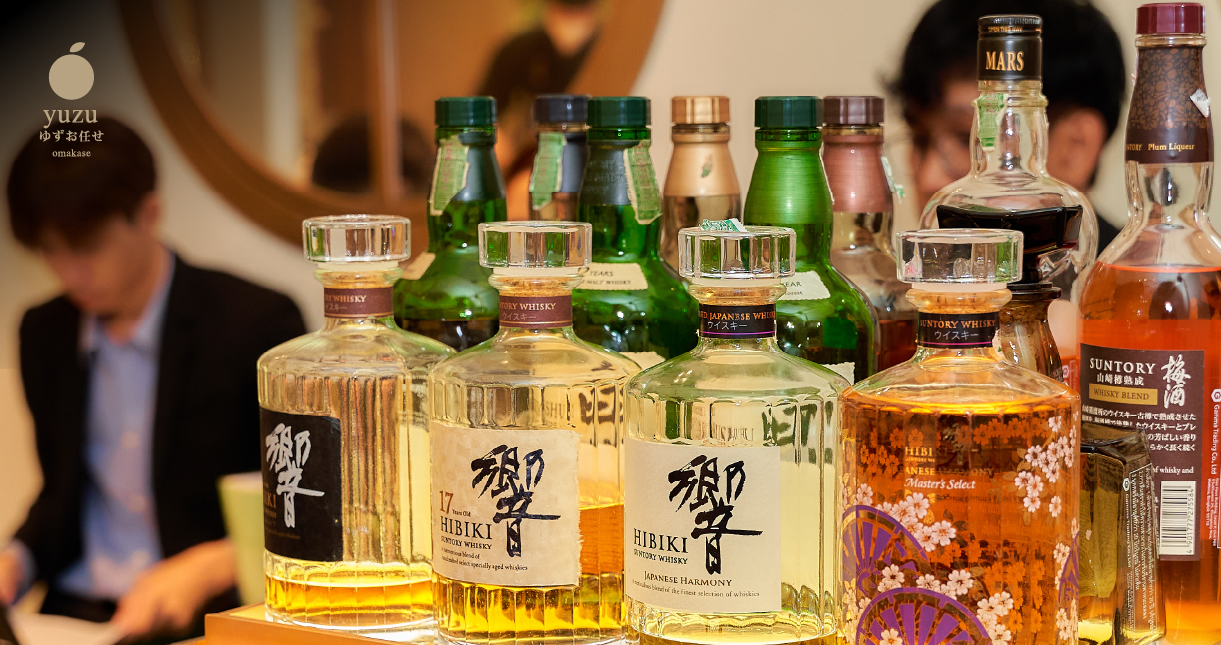
7. Sake Pairing and Beverage Innovation
Sake has always been a part of the omakase experience, but there is a growing emphasis on the art of sake pairing, as well as the introduction of other innovative beverages to complement the meal.
Sake Pairing
More omakase restaurants are offering curated sake pairings that match each course, enhancing the dining experience. The pairing is often done with as much care as the preparation of the dishes themselves, with sommeliers selecting sakes that complement the flavors and textures of each course.
Innovative Beverages
Beyond sake, chefs are also experimenting with pairing omakase with other beverages, such as craft cocktails, fine teas, or even natural wines. These innovative pairings can add a new dimension to the dining experience, providing unexpected and delightful flavor combinations.
The Future of Omakase: Where Tradition Meets Innovation
As omakase continues to evolve, the balance between tradition and innovation remains key. Chefs are finding new ways to honor the deep-rooted traditions of Japanese cuisine while embracing modern trends that reflect global influences and contemporary dining preferences. Whether it’s through the incorporation of new ingredients, the adoption of sustainable practices, or the integration of cutting-edge technology, omakase is becoming more dynamic and diverse than ever before.
At Yuzu Omakase in Bangkok, this balance is at the heart of the dining experience. The chefs at Yuzu Omakase draw on traditional Japanese techniques while embracing the latest trends in global cuisine, sustainability, and personalized dining. The result is an omakase experience that is both deeply authentic and refreshingly modern.
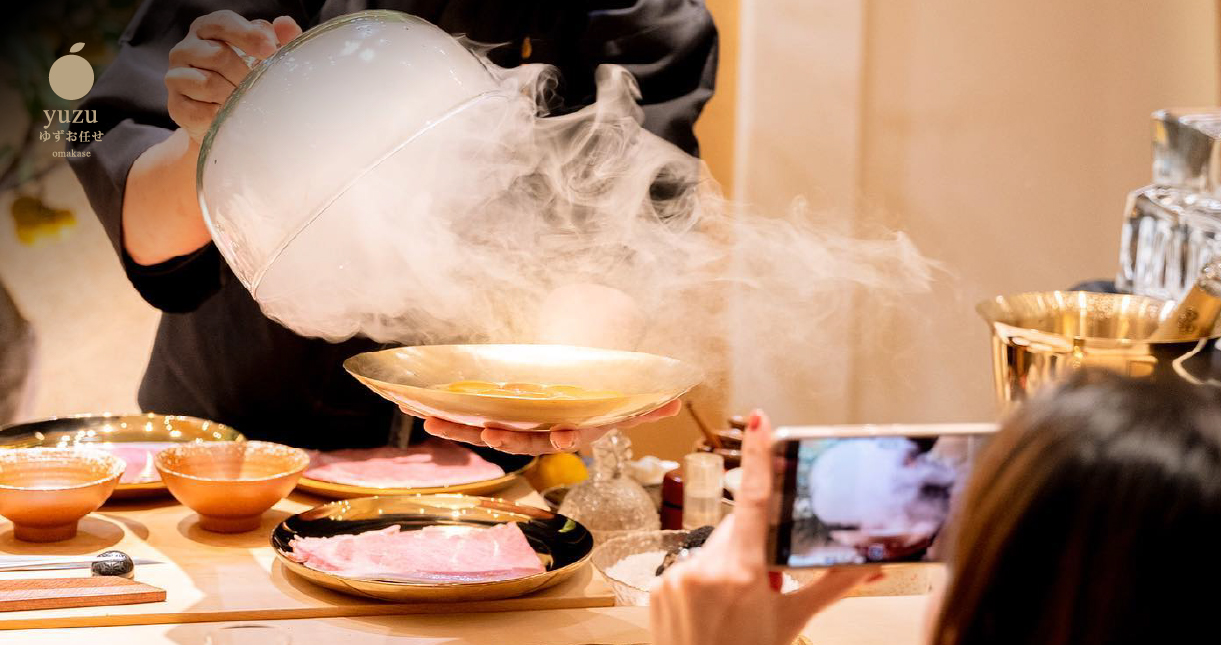
Conclusion
The world of omakase is evolving, with chefs around the globe pushing the boundaries of what this traditional Japanese dining experience can be. From the integration of global flavors and sustainable practices to the adoption of new technologies and personalized dining experiences, the future of omakase is bright, innovative, and full of possibilities. Whether you’re a traditionalist or an adventurer, the modern omakase experience offers something for everyone, blending the best of the old and the new in a way that is uniquely satisfying. Plan your visit to Yuzu Omakase and experience the cutting edge of Japanese cuisine for yourself.

RELATE
-
The Global Appeal of Chef-Curated Tasting Menus in Omakase Thailand
From New York to Tokyo, Paris to Bangkok—chef-curated tasting menus have become the global benchmark for refined dining. At the center of this culinary shift in Thailand is Yuzu Omakase, where omakase becomes an immersive expression of art, season, and culture.
The World ● 2025 Aug 5
-
From Tokyo to Siam Square: A Legacy of Culinary Mastery in Japanese Restaurants
The soul of Tokyo’s revered sushi traditions now thrives in Bangkok’s dynamic heart. At Yuzu Omakase Thailand, ancient craft meets urban luxury—delivering a dining experience rooted in precision, purity, and the pursuit of culinary excellence.
The World ● 2025 Aug 4
-
Why Premium Dining Is Now All About the Journey — Not Just the Meal
Today’s most memorable meals aren’t just about taste—they’re about transformation. At Yuzu Omakase Thailand, every detail is curated to move you, surprise you, and immerse you in a world where dinner becomes a journey.
The World ● 2025 Jul 19
-
Experiential Restaurants Around the World: Why Omakase Bangkok Is a Global Star
Across the globe, diners are seeking more than just good food. They crave connection. Story. Emotion. They want each course to be part of a journey—guided by the chef’s hand and shaped by the space, sounds, and sensations of the moment. In Tokyo, omakase counters have long offered this experience. In New York, tasting menus… Continue reading Experiential Restaurants Around the World: Why Omakase Bangkok Is a Global Star
The World ● 2025 Jul 19



